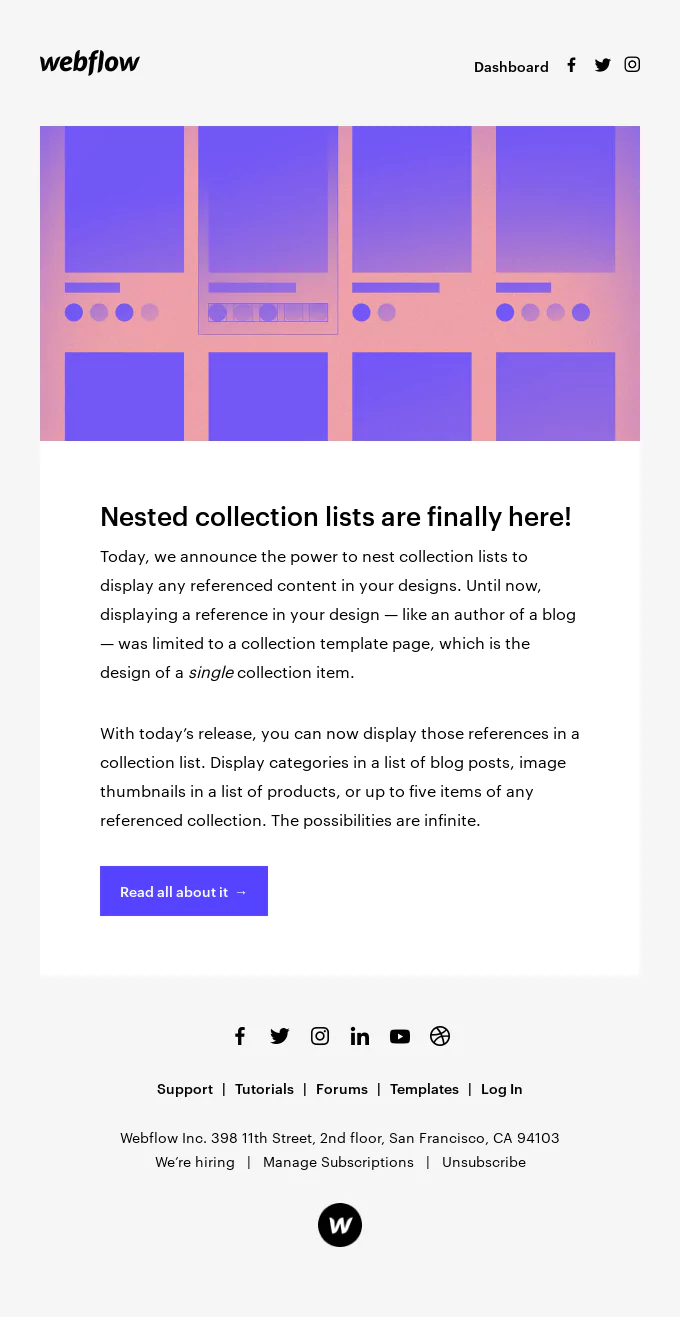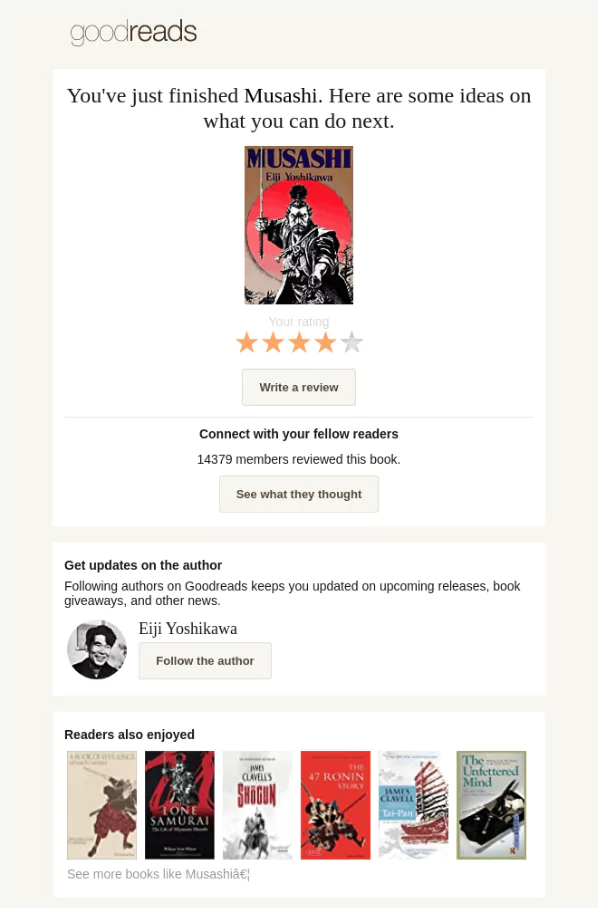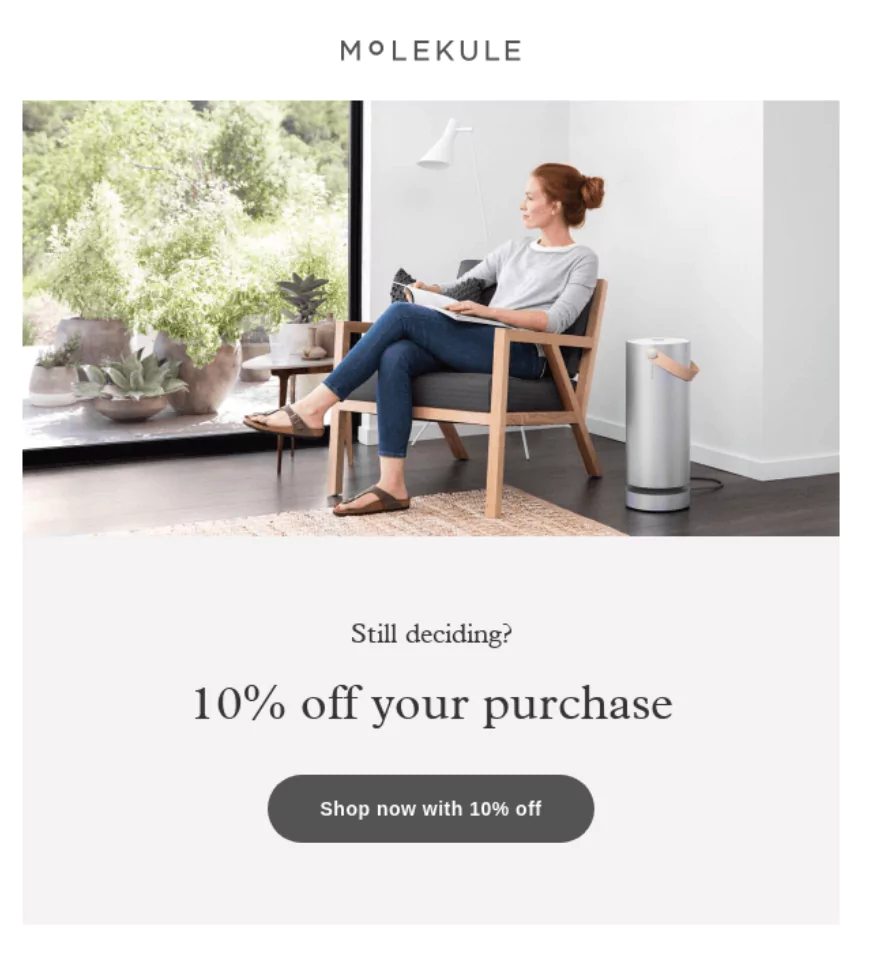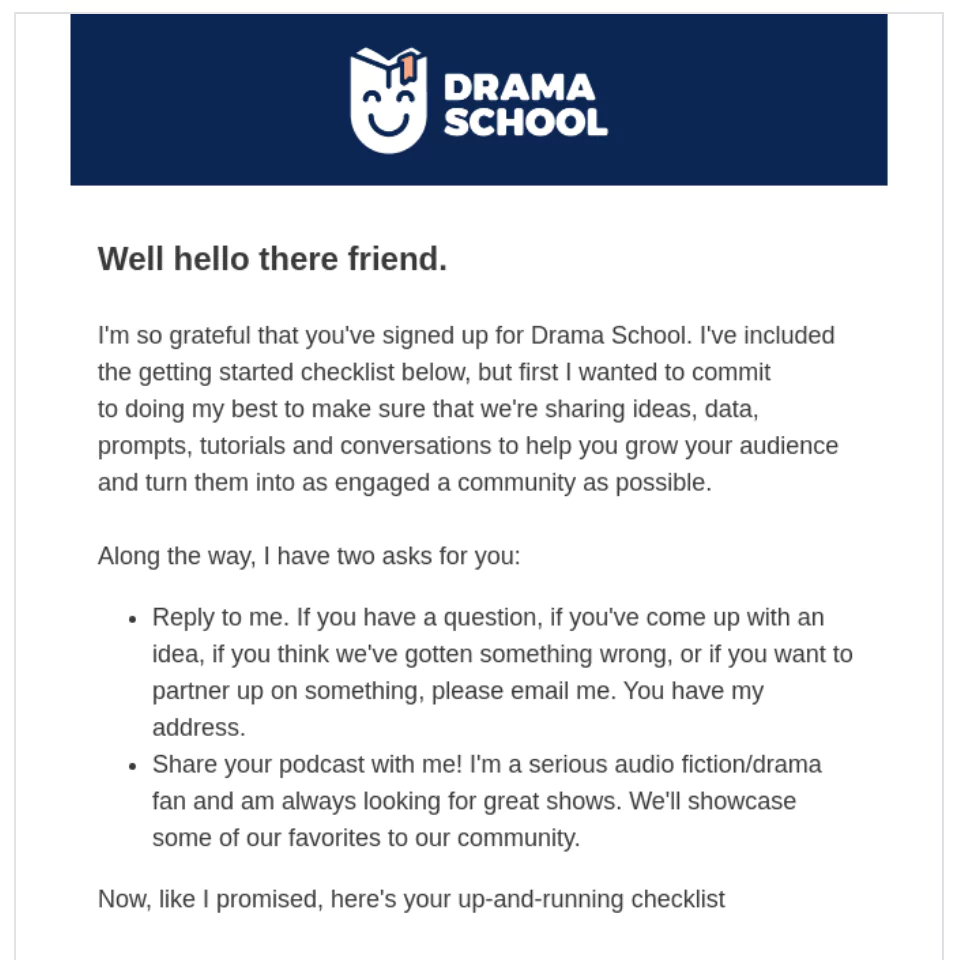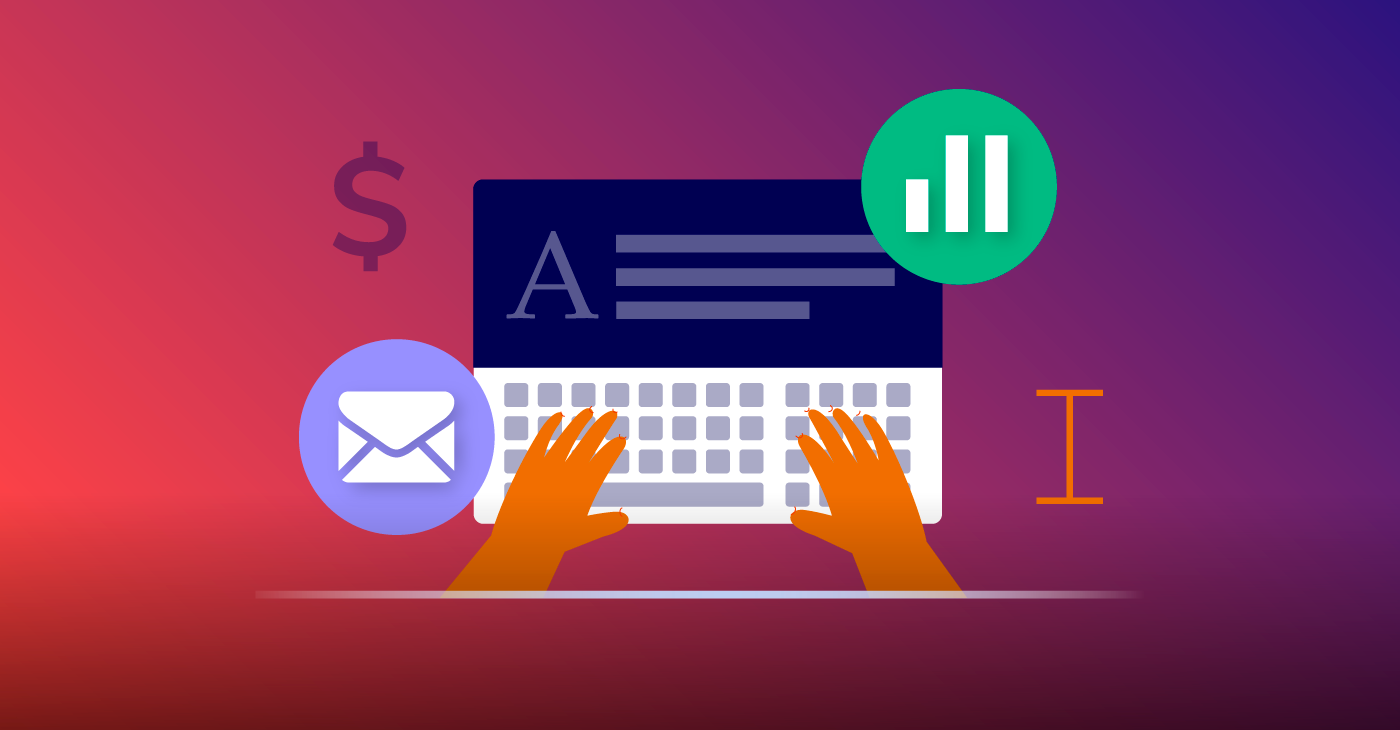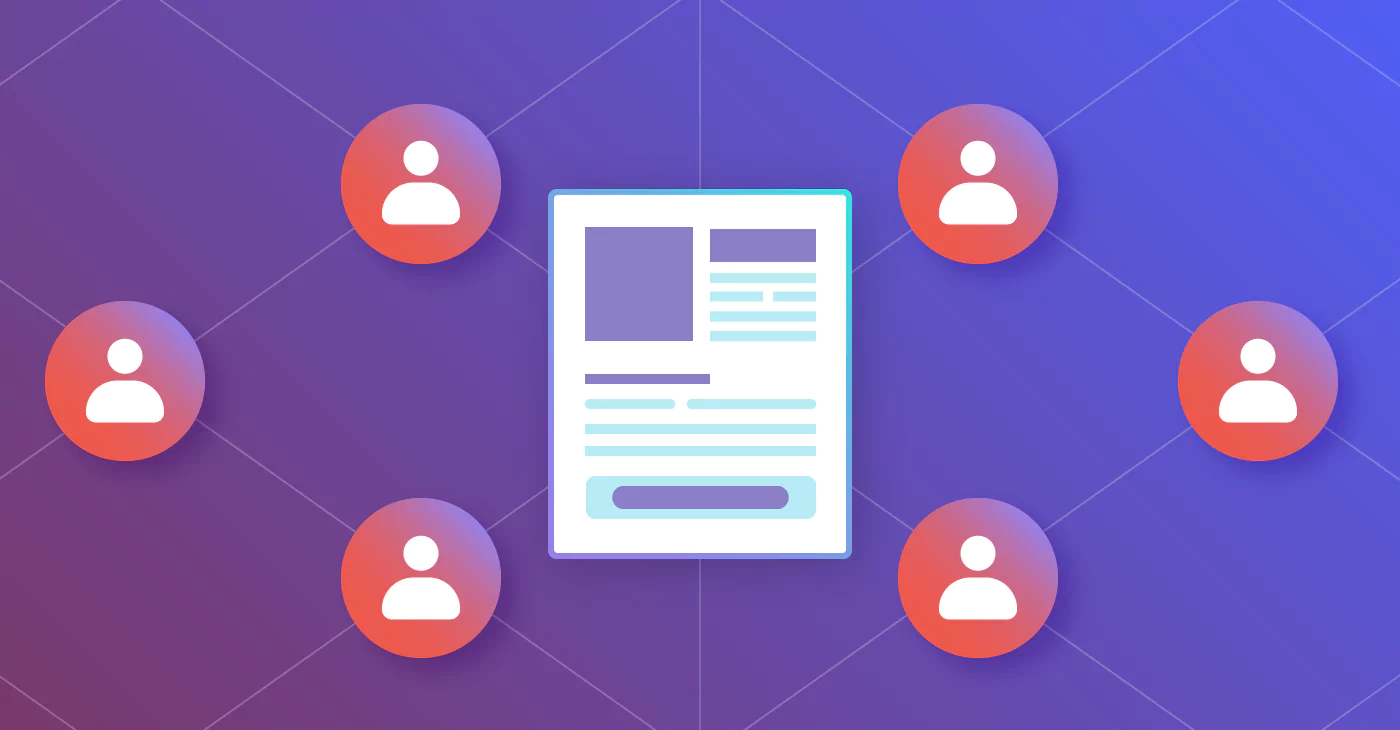
Your email list is one of your greatest assets. It’s full of people who have actively handed over their email addresses. They want you to get in touch with them.
But if you don’t nurture your list, you might find that your subscribers become less and less engaged over time. This doesn’t mean you’ve lost them completely. In fact, there are a few tactics you can put in place to re-engage them and make your email list a lively place once more.
We’ve put together a list of re-engagement emails that remind subscribers about your brand and get them excited about hearing from you again.
1. Product Updates
Some subscribers will have bought something from you; others won’t have. However, this doesn’t mean the latter won’t be interested in product updates.
Emails that outline how you’re improving your products and services show that you’re working hard to create the best offer possible. It shows you’re listening to users and applying their feedback.
Product update emails also act as a reminder about your brand. If you haven’t shown up in someone’s inbox in a while, this will jog their memory and reignite that initial interest they had in your products.
This email from Webflow updates subscribers about the latest product feature. Someone who uses the product might engage with the email to find out more, while a subscriber that hasn’t yet invested in the brand might decide to do so when they see the latest offering.
2. Personalized Recommendations
Consumers today crave personalized experiences with brands. They want to feel special. This is important if you want to create a highly engaged email list – but how do you implement personalization?
One of the easiest and most effective ways to personalize your emails to encourage re-engagement is to serve up product recommendations based on a user’s previous buying behavior.
For example, if it’s been six months since they purchased from you, nudge them to buy again by sharing a relevant product to their last purchase or something similar. Not only will this deepen your connection with subscribers because they’ll feel like you “get” them, but it will generate more conversions and sales because you’re tapping into the direct wants and needs of each subscriber.
Here’s an example of how Goodreads recommends books based on the subscriber’s previous reading experience.
3. Offer a Discount
People love discounts. Who doesn’t want to get some money off? Giving existing subscribers the chance to claim a discount on their next purchase will spur them into action. This will increase their engagement levels and cement their relationship with your brand.
You don’t have to do this every time you want to re-engage your list, but once in each subscriber’s lifetime will show them you care and want to help them solve their problem. In turn, they will remember you when you show up in their inbox again and will therefore be more likely to open your emails and engage with them in the future.
This email from Molekule encourages subscribers to continue their shopping journey with a 10% discount.
4. Share a High-Quality Piece of Content
Re-engagement emails don’t need to be about the sale. The goal of them is to reconnect with people who might have become a bit distant. Maybe they don’t open your emails anymore or fail to click through once they do.
A great way to start a re-engagement campaign is to share a piece of really great content that your subscribers will love. If you’ve ever received an email with a link to a piece that you can’t resist clicking through to, you’ve likely been on the end of this strategy.
The content you link to can be anything from an awesome blog post to a brand new case study or an ebook you’ve written specifically with your target audience in mind. You can take it one step further by encouraging subscribers to comment on the post, reply to the email, or share their own stories. This then becomes a two-pronged re-engagement approach that deepens relationships and keeps your brand front-of-mind.
5. Use Humor and Keep it Friendly
Consumers seek out connections with the brands they buy from. They’re more likely to interact with a brand that feels like a friend than a cold, stuffy stranger, so bear this in mind when you’re writing your re-engagement emails (or any emails, for that matter).
If it’s within your brand personality, don’t be afraid to inject a bit of humor. But, most importantly, write your emails as if you were speaking to a friend and not like you just want to get money out of someone. Humor and friendliness go a long way in reconnecting with subscribers that might have forgotten about you – or, at the very least, have forgotten about why they signed up for your emails in the first place.
Drama School writes their emails in a friendly tone (they even use the word “friend” at the beginning to solidify the kind of relationship they want with their readers).
Unengaged Subscribers Aren’t a Lost Cause
It’s easy to think that subscribers who no longer interact with your emails aren’t worth the hassle, but this is far from the truth. There are many reasons why someone might not be engaging with your stuff anymore; maybe they’re busy, have new interests, or you simply slipped to the back of their mind. Instead of writing them off as a loss, re-engage them with emails that are friendly, helpful, and offer them something in return.
At the very least, you will jog their memory and push your brand to the front of their minds again.
Author Bio
Ryan Gould is the Vice President of Strategy and Marketing Services at Elevation Marketing. From legacy Fortune 100 institutions to inventive start-ups, Ryan brings extensive experience with a wide range of B2B clients. He skillfully architects and manages the delivery of integrated marketing programs and believes strongly in strategy, not just tactics that effectively align sales and marketing teams within organizations. Connect with him on LinkedIn here.




